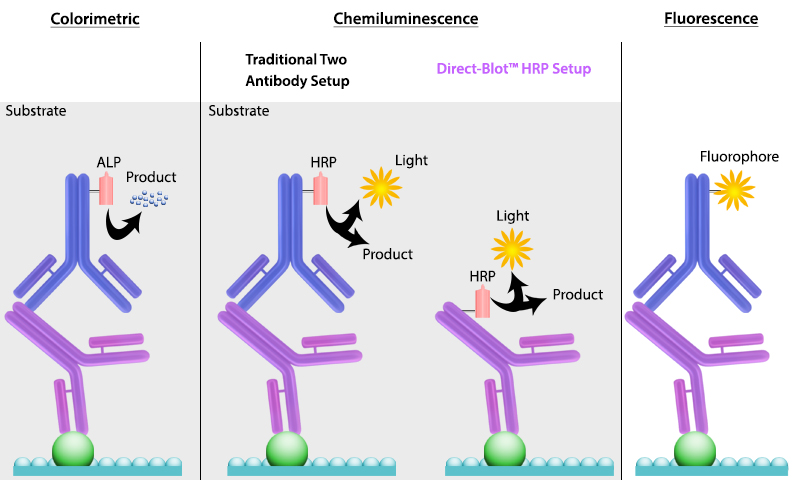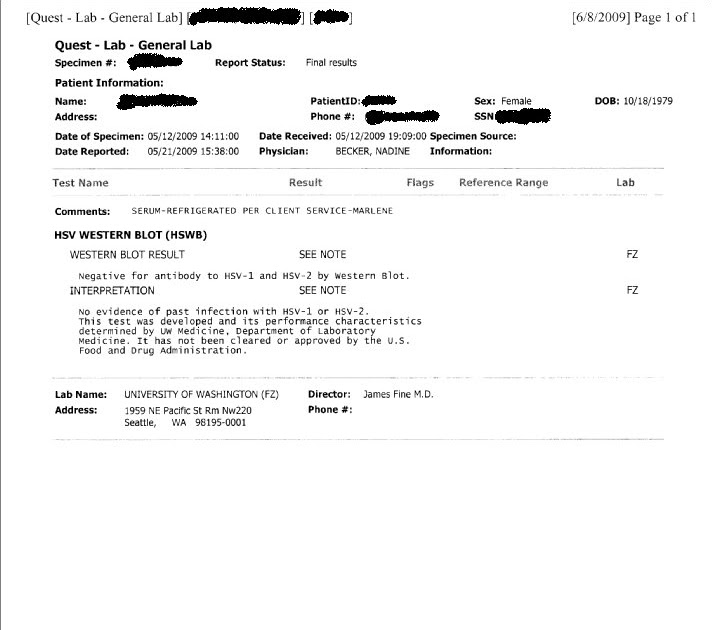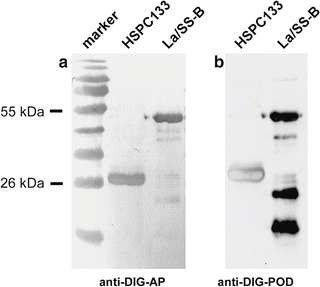
The conventional diagnostic strategies include viral culture, serological tests, and molecular techniques. Diagnosis of HSV typically involves detecting the whole virus or viral proteins, genetic materials, or HSV-specific antibodies in the blood. These include conventional methods as well as the different advanced technologies, particularly the POC. In this review, we focus on the different diagnostic technologies for herpes. Disease management studies have shown the importance of early testing and prior knowledge of patient history in guiding the proper course of treatment as well as providing counseling to patients and their significant others. Early diagnosis of the infection can help patients with proper disease management and also lower the risk of transmission.

Attempts at developing vaccines against HSV have not yet been successful due to the complex host–pathogen interaction. To date, there is no cure for HSV infection, except for some antiviral drugs that can reduce the severity of the symptoms. The medical costs related to HSV have exceeded USD 500 million in the US alone in the past decade. Individuals who contract HSV may or may not show symptoms that increase the risk of spreading the disease unknowingly. Neonatal herpes in infants can occur upon exposure to HSV infection, mostly acquired from infected mothers, causing lifetime neurological defects and death.

Immune deficient HIV patients are at higher risk, with the chance of developing drug-resistant HSV infection. Studies have shown that HSV can evade the immune system and mediate cell-to-cell propagation. Upon experiencing proper stimulus, it travels through the epithelial cells, causing characteristic symptoms like genital lesions, oral ulcers, and blisters. Upon entering the host body, the virus can stay dormant, generally located in the axons of the peripheral nervous system neuron.
Western blot test for herpes skin#
The virus is transmitted to a seronegative individual via abraded skin or mucosal surface. This staggering number of positive cases worldwide can be attributed to the highly infectious nature of this virus. It has been estimated that more than 500 million people globally, including 50 million in the US, have been infected with HSV. Herpes simplex viruses 1 and 2 (HSV-1 and HSV-2) are DNA-based viruses from the Herpesviridae family, responsible for causing herpes (genital or oral) and fulminate encephalitis in humans. Here, we aim to review the different diagnostic techniques, both laboratory-based and POC, their limits of detection, sensitivity, and specificity, as well as their advantages and disadvantages. In contrast, POC techniques include microfluidics-based tests that enable on-spot testing. Laboratory techniques include different biochemical assays, microscopy, and nucleic acid amplification. Different detection techniques are available based on both laboratory and point of care (POC) devices. Herpes can be diagnosed in two ways, by either detecting the presence of the virus in lesions or the antibodies in the blood. Thus, early and accurate detection of HSV is needed to prevent the transmission of this infection. Additionally, viral shedding can also happen from asymptomatic infections. HSV is highly contagious and can be transmitted via any type of physical contact. There are two subtypes, HSV-1 and HSV-2, that are known to cause a variety of symptoms, ranging from acute to chronic. If you think you may have a medical emergency, call your physician or 911 immediately.Herpes is a widespread viral infection caused by the herpes simplex virus (HSV) that has no permanent cure to date. By using this Site you agree to the following Terms and Conditions. We offer this Site AS IS and without any warranties. Never disregard the medical advice of your physician or health professional, or delay in seeking such advice, because of something you read on this Site.

Western blot test for herpes professional#
We disclaim all responsibility for the professional qualifications and licensing of, and services provided by, any physician or other health providers posting on or otherwise referred to on this Site and/or any Third Party Site. MedHelp is not a medical or healthcare provider and your use of this Site does not create a doctor / patient relationship. It is not intended to be and should not be interpreted as medical advice or a diagnosis of any health or fitness problem, condition or disease or a recommendation for a specific test, doctor, care provider, procedure, treatment plan, product, or course of action. The Content on this Site is presented in a summary fashion, and is intended to be used for educational and entertainment purposes only.


 0 kommentar(er)
0 kommentar(er)
